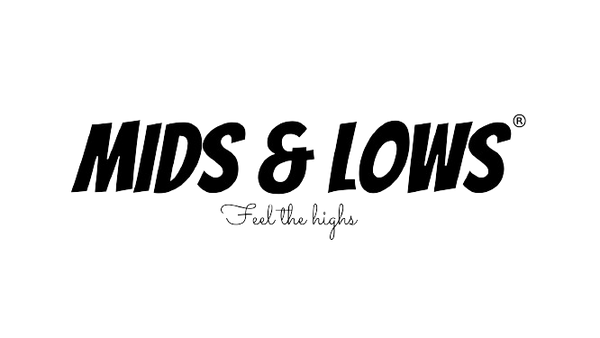SUPREME BABY, the most common line said by any consumer who is asked why, Supreme.
One of the brands where the common folks want to get noticed wearing Supreme and some people make a living
out of it and call themselves, Supreme flippers.
From the eye catching white and red logo to the limited product releases and artists collaborations over the past 20 years.
Supreme has transitioned from a small skateboarding store in New York to a $1 billion streetwear company, but for fans Supreme is not just a brand, its often an obsession and an entire subculture of its own.
Since its origin, Supreme has maintained an image of being authentic. Founded by James Jebbia in 1994,
Supreme started as a skateboarding store in SoHo neighborhood of Manhattan. The store started out selling hoodies and sweatshirts, aimed towards the burgeoning New York skate scene. Throughout the ‘90’s and early 2000’s Supreme functioned as a skate brand catering to both skaters and those interested in the emerging streetwear style.
But, Supreme’s limited releases and attitude has pushed them far beyond their beginnings.
The most beyond the universe thing is their iconic Supreme logo, which initially was a red box with white italic Supreme lettering.
Supreme’s appropriation of the images has been the core of its popularity. Pop culture images and logos are printed on the t- shirts with a Supreme logo, adjusted in a way that makes these logos a work of art and portrayed like contemporary art or graffiti than a big fashion brand.
Supreme’s first ever t- shirt was just a picture of Robert De Niro in the film ‘Taxi Driver’ with the iconic Supreme logo on it.
The often use of unlicensed imagery by Supreme has led the company being served cease-and-desist letters from Louis Vuitton, the NHL and the NCAA.
Supreme has a way of making itself very limited to the customers. Currently Supreme operates from their 11 brick and mortar stores across the world and off course their online store.
Also, the brand has a one style one color for one consumer policy, if you need a same article in another color you may have to ask someone to stand in the line for you.
It was around in the mid to late 2000’s where Supreme actually started growing and the most crucial factor in its success was dubbed as the Kayne effect.
In 2006, Supreme released their Supreme Blazer SB, in collaboration with Nike. The shoe retailed for around $150, but with supreme logo on it, it resailed for around $400.
When Kanye was seen wearing the shoes at the Grammy foundation party and the photos were released, the resale value doubled to $800.
Similarly, the teal boxed logo sweatshirt worn by Tyler the creator in his music video of ‘SHE’ retailed for $150, but after the song release retailed for $3500.
These limited item releases have proved that the real money is in the buying and reselling of the Supreme items.
The Supreme store prices might seem nominal at once, but this game really starts when these limited items are sold out then they resell for sometimes X30 in the retail value.
Many big brands are now adopting this technique of making limited releases to create around a hype for their product.
Supreme is one of the only brands who got away with selling a brick and a branded crowbar for $30 and $100 respectively.
Supreme knows very well how to sell anything, but that anything has to be in the limited quantity to create around a hype, the most common factor creating excitement in consumer’s mind and hype in public is Supreme’s three-day procedure to acquire an item.
DAY 1 customer places the order on the website, DAY 2 the customer will be informed that he/she has been selected to stand in line, DAY 3 they text the customer the time and the store to visit to collect their item, this limited quantity production and creating a waiting time along with the one style per customer policy has been a core of Supreme’s Success over the years.

